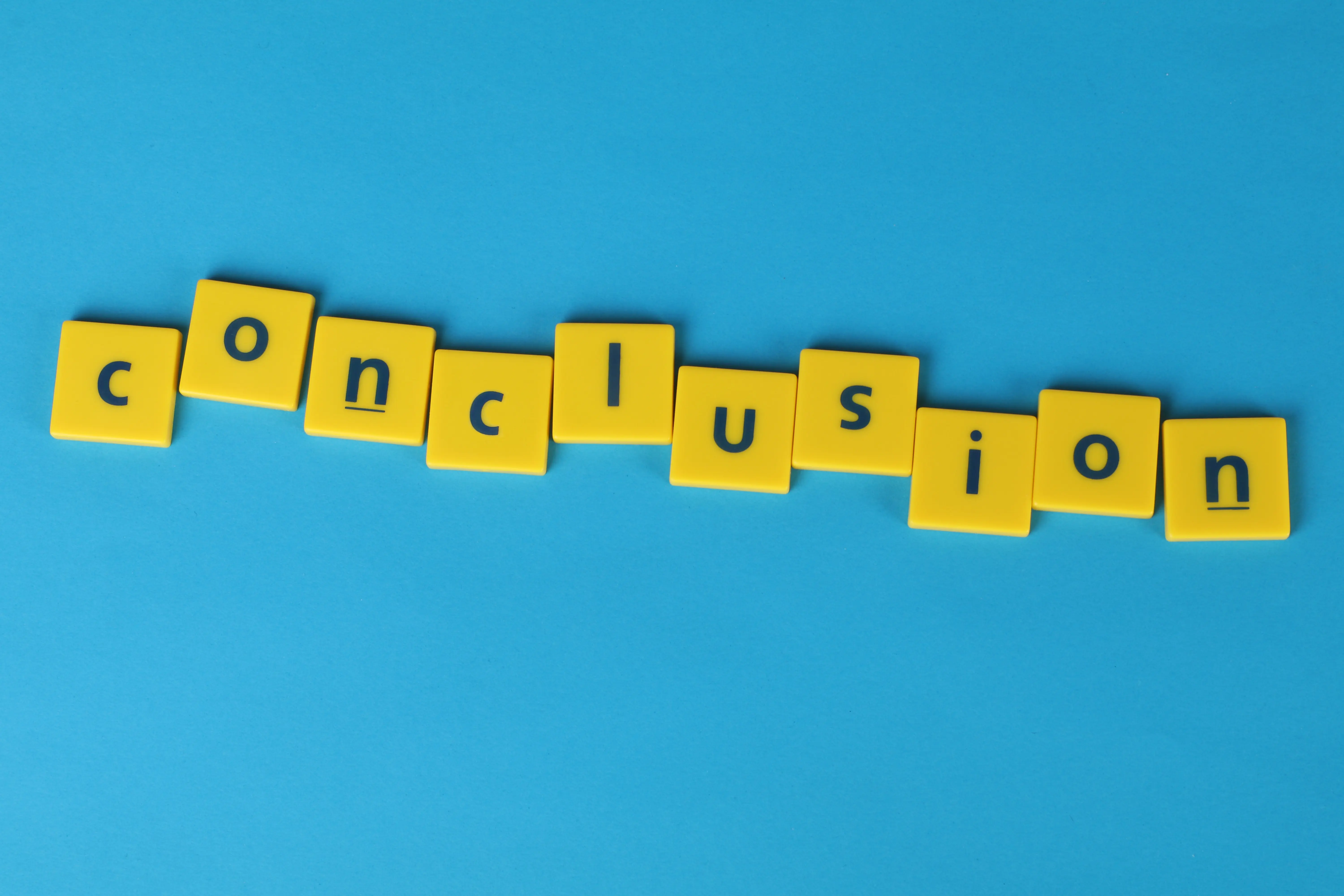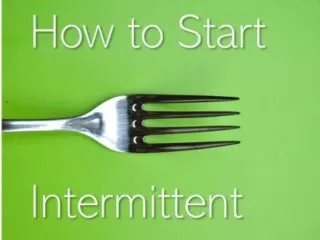Some of the links in this post are affiliate links. This means if you click on the link and purchase the item, we will receive an affiliate commission from the vendor at no extra cost to you. These business relationships allow us to keep bringing you great EatMoveHack content. All opinions remain our own.
Introduction
Intermittent Fasting has been used by people for different purposes, both religious and dietary, for centuries. For our purposes, we’re going to discuss the impact of Intermittent Fasting (IF) as a weight loss and weight management tool. Let’s talk about how to start Intermittent Fasting.
Before we jump into how to start it’s important to remind you that the first step of any diet or fitness program is to consult with your physician to determine what’s healthy for you and your body.
Let’s start with a quick definition of what IF is. The basic idea is that you eat and don’t eat according to a schedule of time. You’ll have windows of fasting and eating. Fasting windows, the times when you don’t eat, can range from a few hours to a few days.
The effect on your body during the fasting windows is explored more fully in another article, How Intermittent Fasting Works. So for the details on all the technical info, check that article out!
![]()
Types of Fasts
So once you understand what IF is and why people do it, let’s jump into how to start. We’ll begin with types of popular fasts and how they work. We’ll start with shorter fasts and talk about progressions options as you become comfortable and confident with your fasting techniques.
You wouldn’t want to jump right into a 72 hour fast. Like most things, starting slow is the best way to find success with fasting. Starting with an 8:16 breakdown (eight hours of eating and 16 hours of fasting) is a popular approach.
8:16
In the article, How I Lost 65 Pounds in 1 Year, Abby says she explained the 8:16 fast as just skipping breakfast. Let’s talk about why that makes sense. So if you’re fasting for 16 hours and eating for 8 you’re most likely to put your eating window during the day so that you get a full night sleep. Also, fasting while you sleep means you’re most likely to get success for your fasting.
For Abby, that meant skipping breakfast, eating lunch after 12, and dinner before 8. During the fast Abby drank black coffee, plain tea, and electrolyte water. The only food (or drink) with calories was consumed during her eating window from 12 pm – 8 pm. So her eating window was from 12 pm – 8 pm. She fasted from 8 pm to 12 pm the next day. Check out the article Intermittent Fasting and Caffeine for more about what you should drink during a fast.
The 8:16 method of fasting is a great way to try fasting and easy fasting for most people to maintain over time. The windows can be shifted through the day to accommodate schedule and preference. Meaning, you can elect to skip breakfast or dinner. So make it work for you. It’s a popular option for many celebrities, like Terry Crews, for mental clarity and weight management. And he isn’t alone. Check out this article in Harper’s Bazaar about other celebrities who fast! But it isn’t the only popular fast.
5:2
A variant of the 8:16 fast is 5:2. I know, lots of numbers! So the idea behind 5:2 is that for 5 days a week you eat normally and for the other 2 you fast. This is a great way to start the 8:16 if you’re not into doing it every day. Like 8:16, you can shift the fasting to accommodate schedule and preference. You can put your 2 fasting days back to back or spread them out to different parts of your week. And you can choose to skip dinner one day and breakfast the next (if you’re doing the 8:16 fast).
As you progress through your fasting you can also adapt this fasting technique to become more aggressive. For example, your normal can be a an 8:16 fast, and your two other days can be 24-hour fasts. Again, this approach would be a progression of a fasting program that you’ve become accustomed to. You wouldn’t start out with your normal being a fasting state in a 5:2 approach.

24 hour
So let’s go ahead and talk about a 24 hour fast. Again, Abby talked about this in her How I lost 65 Pounds in 1 Year article. She explained that once she was used to her 8:16 schedule of skipping breakfast, her first 24 hour fast was just skipping lunch, too. So her fasting went from dinner the night before to dinner the day of.
Check out the article How Intermittent Fasting Works for how this extended fast affects the body. It will affect the body differently than an 8:16 so it’s recommended that it’s not your first type of fast. This would be a progression step once you’re more comfortable with shorter fasts. And it isn’t recommended as a long-term fasting option as it can stress the body over time. But there are fantastic benefits and can be achieved by most people practicing fasting.
Longer Fasts
There are options to fast for 34 and 72 hours. Since this article is about how to start fasting, the recommendation here is to focus on shorter, achievable fasting that teaches you about your body, your limits, and your strengths. As you progress and develop confidence and comfort with fasting, you can investigate aggressive forms of fasting beyond 24 hours. But be aware that they are not recommended as frequent techniques and should be practiced with care by knowledgeable and experienced fasters.

Tips for Success
You will be hungry when you fast. It’s normal. But it isn’t always fun. When we’re not used to fasting, hunger can be tangled up with a lot of emotion, including anger, frustration, and even anxiety. Those emotions almost never lead to good decision making. So here are a few tips to help you get through the physical, and emotional effects of fasting. There’s no reason fasting should be a miserable experience.
Have a plan
Being intentional about fasting is a great path to success. Plan what you can have. If you’re a coffee drinker, make sure you know where that first (and second and third…) cup will come from. You’ll need to drink it black which is a challenge for some. As silly as it sounds, smiling while you do something can trick the brain into thinking you’re enjoying it. I’ve seen it work for friends before. It can’t hurt to try.
Don’t love coffee? You can have plain tea, hot or cold. And there are tons of options. For folks who like something a little sweeter, try hibiscus tea. It’s an herbal tea that’s naturally a little sweet. Green and matcha tea will give you a caffeinated punch to get your day rolling. Check out the article Intermittent Fasting and Caffeine for more info on what you can have during a fast.

If you’re choosing to fast at night, skipping dinner instead of breakfast, have a plan to stay busy. It might be a great time to get a walk or workout in. As you become more comfortable with fasting, you’ll develop the discipline to drink coffee or tea (probably decaf) while you sit with the family or friends for dinner. But starting out, I wouldn’t put yourself in situations where you have to exclude yourself from a group meal. It’s tough.
Be focused
Many people start intermittent fasting as part of a bigger fitness, diet, or lifestyle plan. But for many, fasting is enough of a challenge when you start. So, for folks who struggle to start fasting, I recommend that you make your windows manageable at first.
If you’re also changing what you eat, don’t make it super restrictive when you’re starting out. Easy into your fasting lengths and your diet goals if you need to. If you restrict everything about when and how you eat you may find it too difficult to manage everything at once. If you need to take baby steps, do it. Your long term success is more important to small, initial gains.
Have a support system
Fasting can have a real emotional impact on most people. And it’s not always something people prepare for. Having a support system in place with people who know you plan on fasting and are ready to help you through is huge. Let people help you, and let them know ahead of time that if you’re unusually cranky, it’s not because of them but because you really miss your morning bagel. People can be more forgiving when they understand your circumstances.

Conclusion
IF has become a popular and valuable part of many people’s health and fitness goals. Understanding IF is a great way to ensure success when you start Intermittent Fasting. If you want to incorporate it into your lifestyle, you may join ranks with countless celebrities (and normal people like me!) who have found it’s a great way to reach goals. The best advice I can give to someone who wants to try is to start slow and be intentional. And remember, you’re not doing it to yourself but for yourself!
Want to read more about Intermittent Fasting and other diet and workout plans? Check out these articles!
- How Intermittent Fasting Works
- Intermittent Fasting and Exercise, The Truth
- David’s Low Carb & Intermittent Fasting Weight Loss Plan
- Tracy Anderson Diet and Workout
- Zac Efron Diet and Workout; Tips and Tricks

